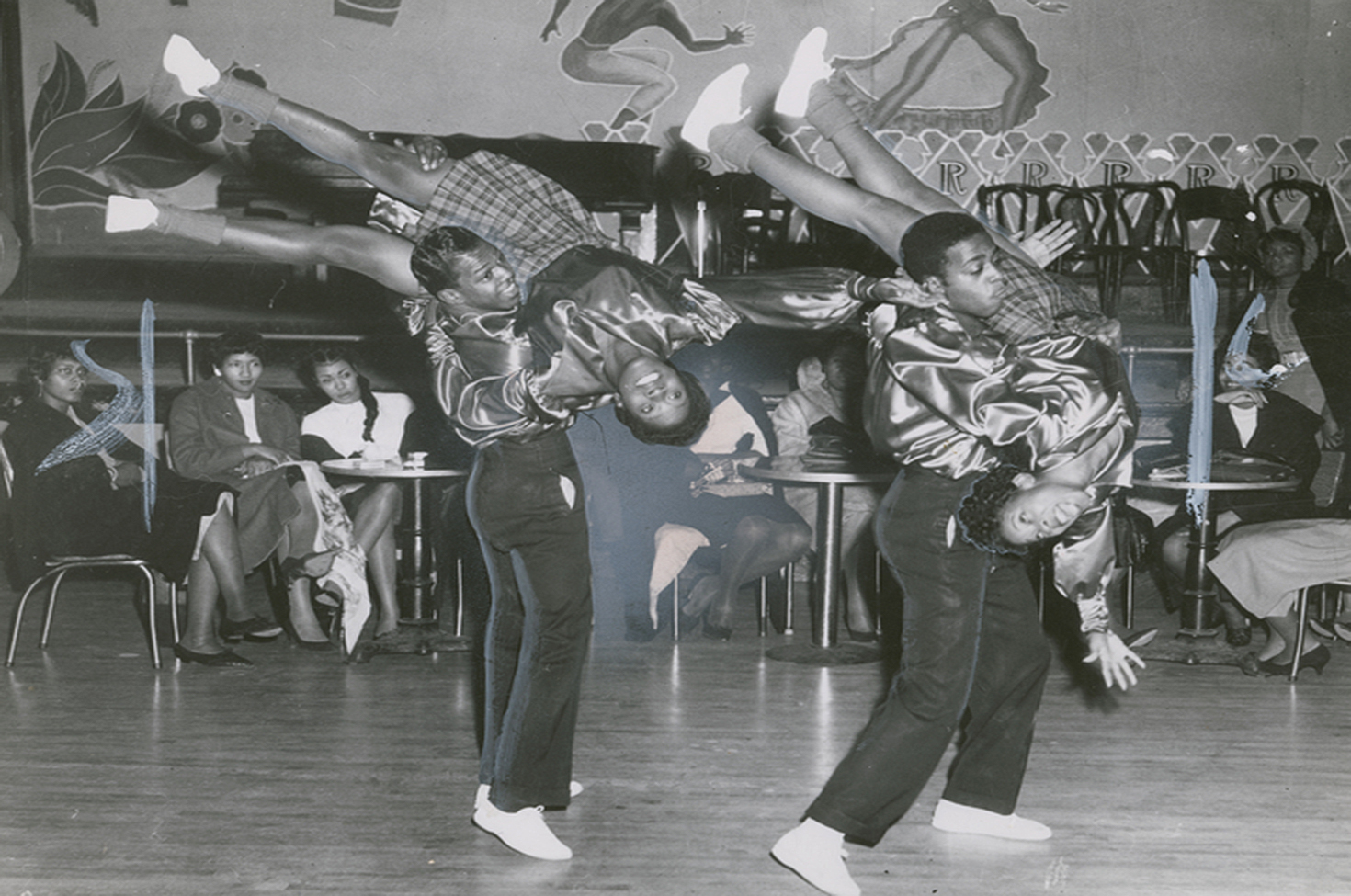
Lindy Hop showcase at the Renaissance Ballroom. Schomburg Center for Research in Black Culture, Photographs and Prints Division.
• Fugitive slave ads: “These abhorrent descriptions—penned by slave-owners who viewed people as property—still bear witness to the bravery and unique characteristics of the people who escaped slavery, albeit sometimes temporarily, and defied a massively powerful system allied against them.” (Library of Congress Blog)
• The history that proves wrong the idea that “inoculation controversies are a novel feature of our present hyper-mediated, hyper-politicized time.” (The Baffler)
• Watching Brasília grow in the photographs published in the magazine Revista Brasília. (Places Journal)
• On Giovanni Boccaccio’sThe Elegy of Lady Fiammetta. (The Paris Review Daily)
• “If you find yourself stressed, annoyed, and furious about your child’s homework this fall, it might help to know that you are participating in a great American tradition.” (Slate)
• On the black working class’ role in American history. (The Nation)
• Meet Ḥiwi al-Balkhi. (Aeon)
• Here is a story on something described as “sort of like a Stone Age canned soup.” (New York Times)
• Looking for the real François-René de Chateaubriand. (The Public Domain Review)
• “The history that the contemporary swing dance community liked to tell is one of racial harmony and integration, but that was not true at the Savoy Ballroom in Harlem, where the dance began, and it was certainly not true in the American South.” (Bitter Southerner)
• On the still-visible skeleton of a disappeared Brooklyn subway. (Jalopnik)
• “How a Mexican General’s Exile in Staten Island Led to Modern Chewing Gum.” (Atlas Obscura)
• This week in obituaries: Diahann Carroll, Ginger Baker, Clora Bryant, Michael Coe, György Konrád, Ciaran Carson, and Jill Freedman.